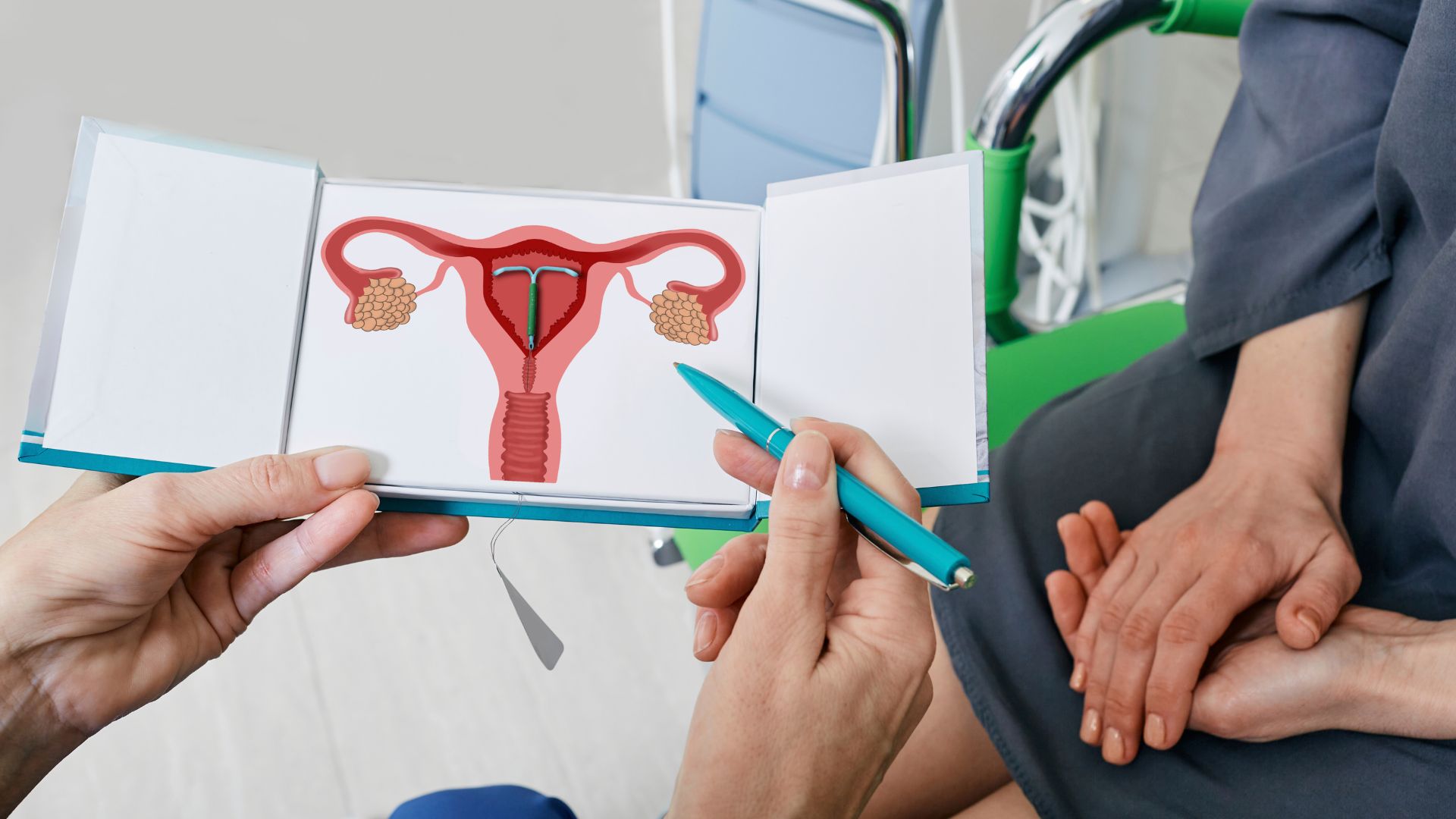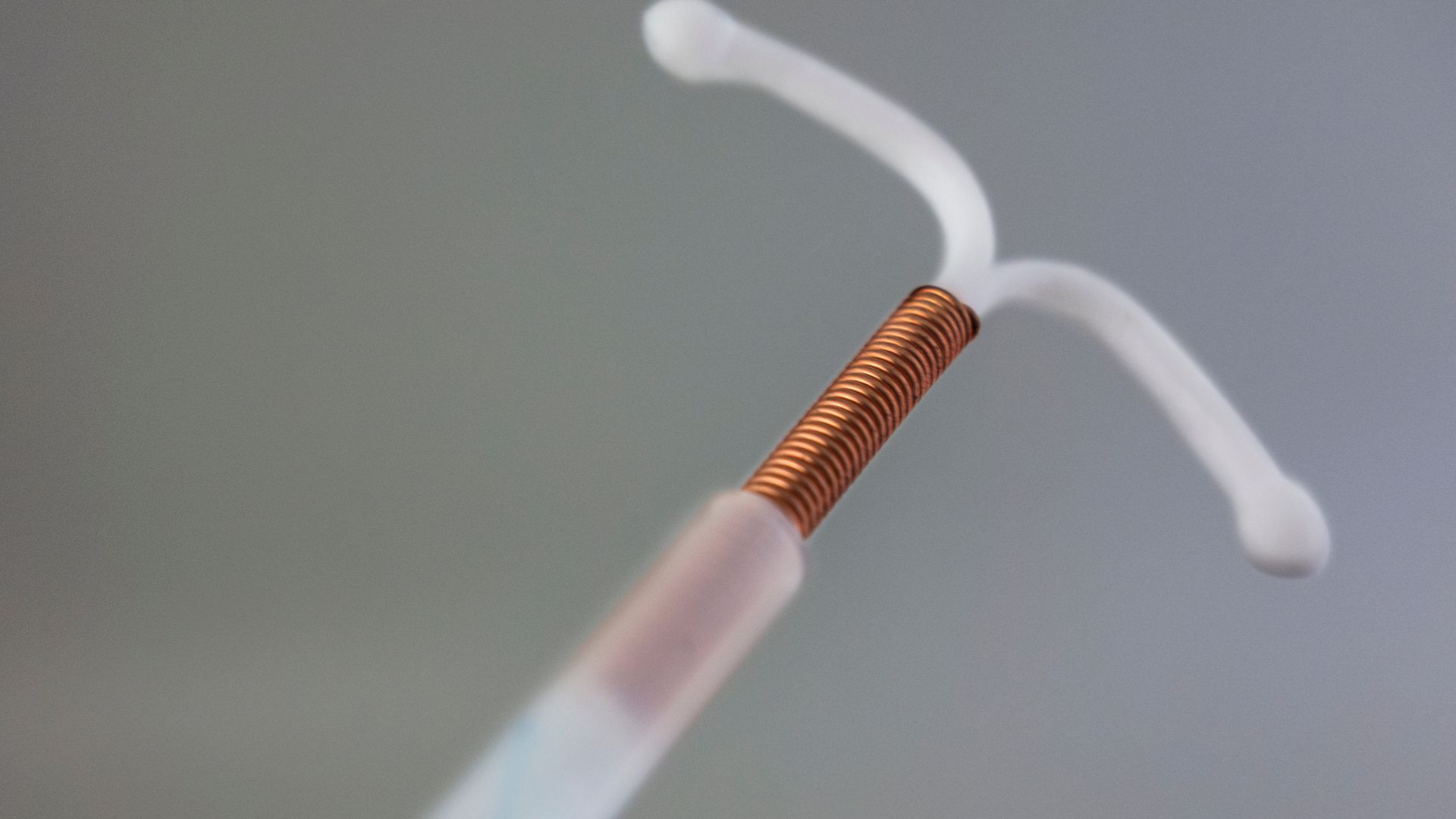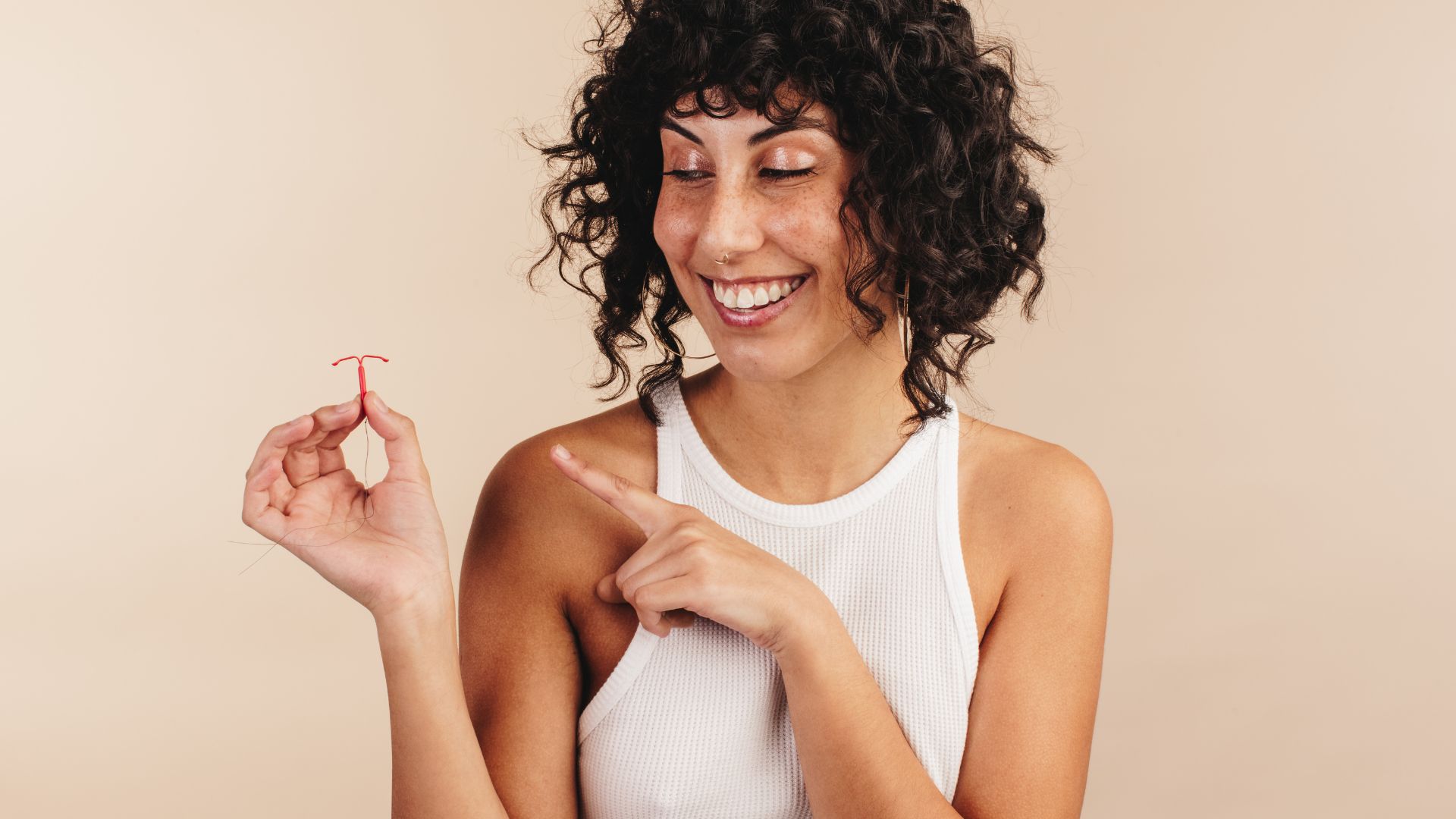
Intrauterine devices (IUDs) are among the most effective forms of contraception, with a failure rate of less than 1% in the first year of use. Their popularity continues to rise due to their long-lasting protection and low maintenance requirements. However, knowing when and how to properly remove an IUD is essential for users.
Jaydess is a small, hormone-releasing IUD designed to prevent pregnancy for up to three years. While healthcare professionals typically handle insertion and removal, some individuals may consider the possibility of self-removal.
This article will explore the recommended timing for Jaydess removal, whether self-removal is safe, and the potential risks involved.
Key Takeaways
- Jaydess is a type of intrauterine device (IUD) used for contraception.
- Removal of Jaydess is recommended when the device expires, when planning pregnancy, or when experiencing side effects.
- A healthcare professional should perform Jaydess’s removal to ensure safety and effectiveness.
- Attempting to remove Jaydess oneself can lead to risks and complications, and it is essential to seek professional medical assistance.
About: DoctorMedica is your trusted supplier of top-quality dermal fillers, viscosupplements, and more for your medical practice. We offer genuine products from leading brands at the lowest prices in the market. If you’re looking to buy Jaydess wholesale for your practice, the sales representatives at Doctor Medica can give you guidance.
When is Jaydess Removal Recommended?

Jaydess, a hormone-releasing intrauterine device (IUD), is designed to be effective for up to 3 years. After this time, its ability to prevent pregnancy decreases, so it’s crucial to have it removed or replaced on schedule to avoid complications. Delaying removal beyond the recommended time frame can increase the risk of infection or other issues.
If you’re planning to become pregnant, Jaydess should be removed once you’re ready to conceive. Unlike some contraceptives, fertility typically returns quickly after removal, allowing you to begin trying for pregnancy soon after. Discussing the best time for removal with your doctor can help you prepare.
Additionally, removal may be advised if you experience significant side effects like discomfort, hormonal changes, or even concerns related to Jaydess MRI safety. Consulting with your doctor about the best timing for removal, ideally during ovulation when the cervix is more favorable, can make the process smoother and less uncomfortable.
How is Jaydess Removed?

Removing Jaydess is straightforward but should always be performed by a healthcare professional. During the removal, the doctor will use a speculum to gently open the vagina and locate the IUD strings. Once found, they’ll carefully pull on the strings, sliding the device out of the uterus. The procedure typically takes just a few minutes and is usually accompanied by minimal discomfort, similar to mild cramping.
It’s crucial to have a professional handle the removal to ensure it is done safely and to prevent complications. Attempting to remove Jaydess on your own can lead to risks such as pain, incomplete removal, or even injury to the uterus or cervix. In some cases, the strings may be challenging to locate, requiring specialized tools or techniques only a healthcare provider can perform.
Self-removal can result in serious complications like infection, heavy bleeding, or damage to reproductive organs. To avoid these risks, always schedule your removal with a qualified provider who can ensure the procedure is done correctly and address any issues that may arise during the process.
Can You Remove Jaydess Yourself?

Attempting to remove a Jaydess IUD on your own can be risky and is strongly discouraged. Self-removal can lead to complications such as tearing the uterus, embedding the IUD in the tissue, or causing significant pain. Additionally, attempting removal without sterile conditions increases the risk of infection, which can have serious consequences.
Healthcare professionals are trained to manage potential complications during removal and can address issues like difficult-to-reach strings or embedded devices. This expertise is crucial for ensuring the procedure is done safely and effectively, making professional assistance the safest option.
If accessing a healthcare provider is challenging, alternative options are available through community health clinics or other medical services. It’s always best to prioritize your health and seek expert help when removing an IUD like Jaydess.
Conclusion
Jaydess removal is a procedure that should be approached with care and done by a trained healthcare professional to ensure safety. Attempting self-removal can lead to serious risks, so it’s crucial to seek proper medical assistance if needed. If cost is a concern, there are affordable options available through local health services.
Staying calm and following proper hygiene is essential if you’re involved in the process, but always prioritize professional help. After removal, it’s important to monitor your well-being and consult your provider if you experience any issues.
FAQs
1. What is Jaydess, and when should it be removed?
Jaydess is a type of intrauterine device (IUD) used for birth control. The removal time can vary, but it’s typically replaced every three years.
2. How is the Jaydess removal process done?
A healthcare professional usually performs the removal process. This involves using special tools to gently pull on the strings attached to the IUD, causing it to fold and slide out.
3. Can you perform a Jaydess removal by yourself?
While some people might feel tempted, it’s not recommended to remove your IUD. Risks are involved, such as infection or injury, which could lead to more severe health problems.
4. What should you expect after a Jaydess removal?
Post-removal, you may experience light bleeding or cramping similar to periods for a few days; however, normal fertility resumes quickly once an IUD is removed.
References
Trussell, J. (2011). Contraceptive failure in the United States. Contraception, 83(5), 397-404. https://doi.org/10.1016/j.contraception.2011.01.021
WebMD. (n.d.). IUD removal: When and how it’s done. https://www.webmd.com/sex/birth-control/iud-removal
Related Articles
Joanna Carr
Treating Lips
Interested to learn more about Best Options For Treating Lips? Browse Doctor Medica's comprehensive listing of blog posts.
Joanna Carr
Chemical Peeling
For thousands of years, chemical peeling has evolved from utilizing natural products such as milk and honey to more caustic methods for a variety of i...
Joanna Carr
Lipedema vs. Cellulite: What Sets Them Apart?
Have an interest in learning about What Sets Apart Lipedema vs. Cellulite? Browse Doctor Medica's extensive archive of blog postings.


